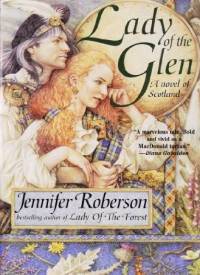The perfidious Massacre of Glencoe occurred at the village of Glencoe, Glen Coe, Scotland, during the predawn hours of February 13, 1692, during the period of the Glorious Revolution and the Jacobite Risings. Thirty-eight MacDonalds, including the MacIain, clan chieftain, were slaughtered by government troops, led by Captain Robert Campbell of Glen Lyon who had accepted the MacDonald's hospitality. Campbell had been ordered by the King's Master of the Stair, through the Governor of Fort William, to turn on his hosts, (including his own niece and her husband). Although he defended his actions with the "I was just following orders" excuse, Campbell, as a highlander, was well aware of the strictly held laws of Highland hospitality. His offense was, and still is, thought to be unforgivable by many.
Kings William II and III's policy in Scotland was to force clan chieftains to subscribe an oath of loyalty to the crown. MacIain of Glencoe was slow in doing so and eventually missed the deadline by a matter of days, although he did swear the oath. For his tardiness he and his were made "examples of." Those who were able to escape, primarily women and children, hid in the surrounding snowy mountains and died of exposure after their homes were burned. The MacDonald's and Campbell's, already immersed in bitter feuding, still maintain the feud three hundred years later. Campbells continue to suffer the opprobrium of the massacre and generations of Scots children have been taught "never trust a Campbell."
"Lady of the Glen's" subtitle is "a novel of 17th century Scotland and the Massacre of Glencoe," and the book accurately describes the heinous event which took place that morning in 1692 and the history leading up to it, as well as the fictitious Romeo and Juliet love story between Alasdair Og MacDonald, youngest son of the MacIain, and Catriona Campbell of Glen Lyon. Although Alasdair Og did, in fact, marry a Cambell of Glen Lyon, she was a niece to Glen Lyon not his daughter.

